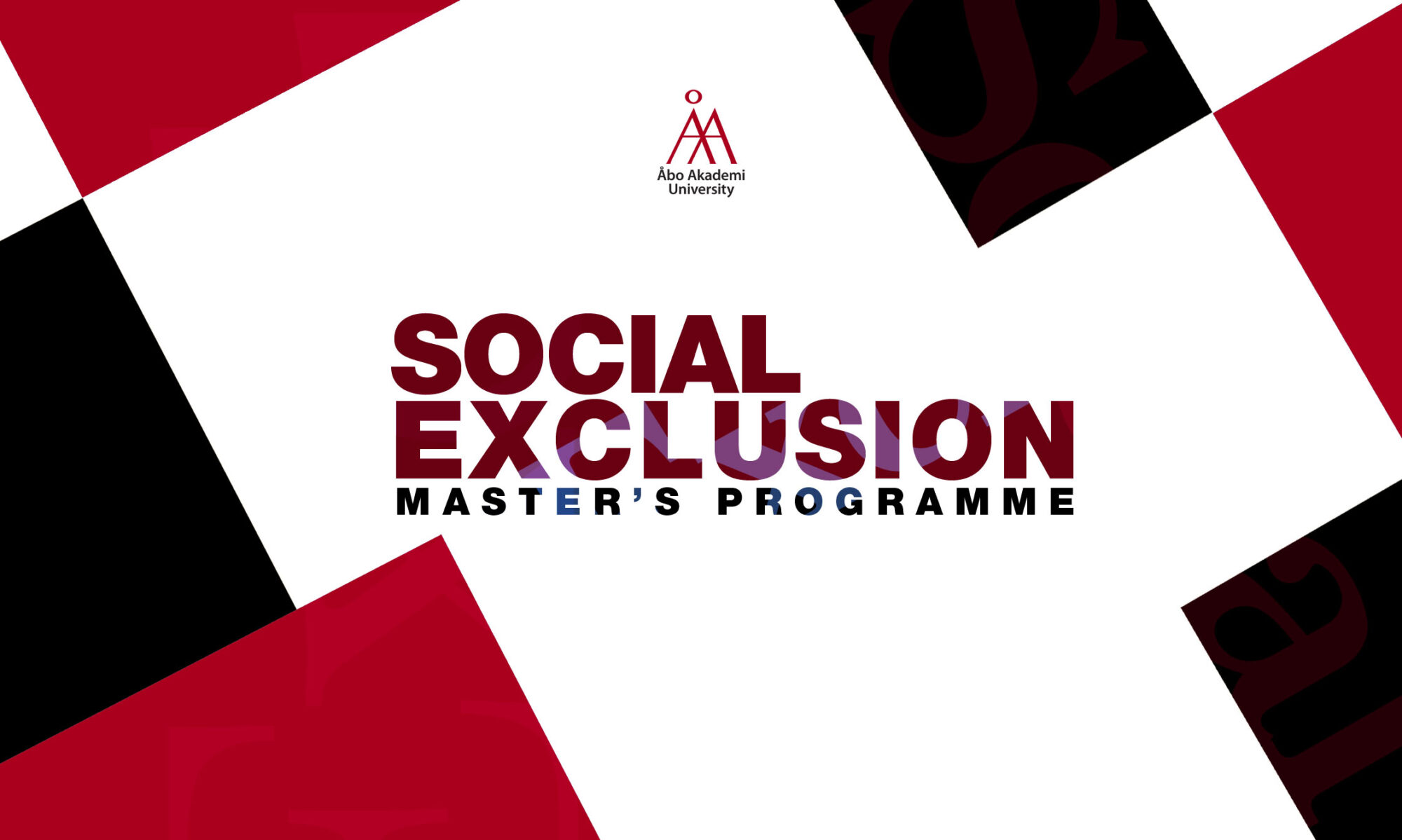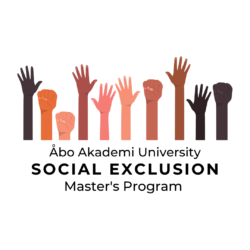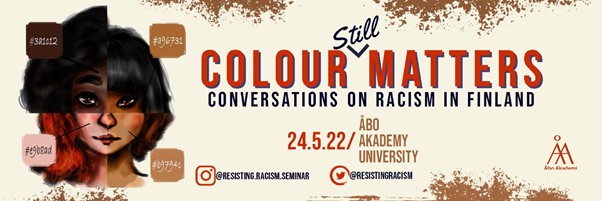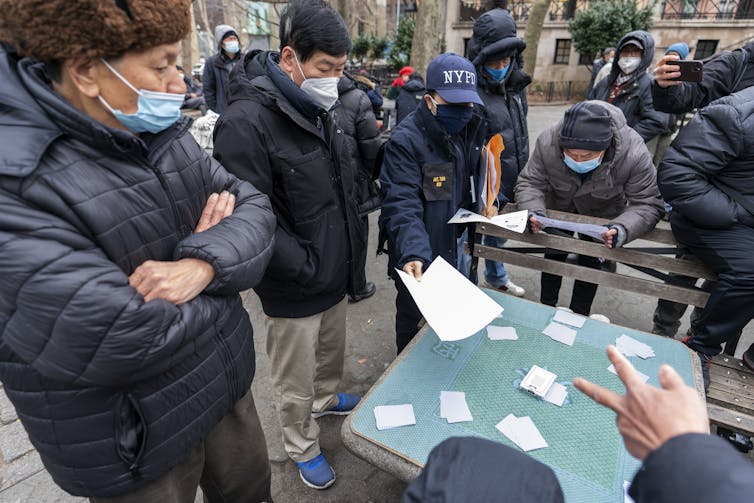Written by Valentina Frank
The world circles around appearances and the idea of what beauty constantly changes, far more quickly than one should be expected to change oneself. Yet, people continuously want to live up to those standards. Why, though? Why is it so important to be “beautiful” in society’s eyes?
If we take Finland as an example, it is immediately an advantage if you are attractive. It is easier for you to find a job, friends, partners, or to get by in your everyday life. The Finnish beauty standards are, for instance, being slim, tall, blonde, fit, healthy-looking, etc. The most significant beauty standard of them all, even though it can only be read between the lines, is being white. And that is a big issue. If you are not white, you are instantly in a lower position compared to a typical scandi. This is naturally something that is not only an issue in Finland but also a problem that occurs in the whole western world. Since I am white, meaning I have never experienced any prejudices due to my skin color, I don’t feel I am in a position to present the issue of racial injustice as I can’t in any way relate to the problems of color. I recently got the opportunity to participate in a lecture by Jasmin Slimani about the lack of representation of Afro-Finnish women in the Finnish beauty standards. It was eye-opening, and she explained well the issues she and other Afro-Finnish women have had to experience living in an all-white country. Her lecture got me thinking about what experiences I have regarding the issues of beauty standards, and since this world is far from perfect, I found plenty.
In the world we live in today, the power social media has on beauty and how it impacts people is, to be honest, quite frightening. Overnight, a new trend pops up, and suddenly you are expected to look a certain way. People, especially young girls, can get a malformed idea of beauty. And why not young boys, too. They think that to be attractive; they will have to be perfect-skinned, fit, athletic, feminine, or masculine, you name it! These are very unrealistic expectations of what a beautiful person should look like. Yet we constantly strive for looking like the photo-shopped supermodels on the internet. We are manipulated into thinking that we are better and become more successful by being beautiful in terms of beauty standards. And yes, it is true that “attractive” people have more advantages in life, but why does it have to be that way?
As a young woman in my early 20s, I can most definitely say I’ve experienced the pressures of social media. I remember feeling anxiety about not having that many followers on Instagram from my early teens compared to the “popular girls”. Why were my selfies not pretty enough? Why was I not cool enough? The constant comparison to other girls was never-ending. Fortunately, in my early teens, social media did not have quite the impact as it has these days. Today the constant reminder to change yourself for the better is exhausting. I could not even imagine going through my most fragile teenage years with society’s “ demands “ on young girls. For example, the amount of advertisements for cosmetic surgery is alarming. Young people are encouraged to get procedures on their bodies to make themselves pretty. Romanticizing cosmetic surgery is something common, and it is everyday life in today’s society for teens to talk about what procedures they want to get done when they are adults. In other words, children fantasize about going under the knife to look beautiful, and it is unfortunate.
There are different ways to fit the beauty standards portrayed in social media into a question of social exclusion. Social media platforms are widely used worldwide, and beauty standards differ from country to country. That being said, prejudices towards “wrong” looking people are unfortunately widespread. Biases often lead people, who stand out from the norms, to be excluded or left out of different opportunities. When you meet someone new, you often categorize them by how they look; you give them a gender, race, ethnicity, etc. This often happens unconsciously and makes people with prejudices treat those they find differently. This causes a form of social exclusion. For example, people who wear garments that imply a different religion than the norm are often having a more challenging time finding employment or lodging since their way of looking is not what is considered the standard of beauty.
Beauty standards are not something that excludes people only on, e.g. social media. For instance, many children and teenagers are pressured to look a certain way to fit in the school environment. A significant majority of children have access to social media and have access to be affected by beauty standards. The issue is that there are no beauty standards “for children,” which leads to children wanting to look like adults. Many young girls try to dress more revealingly, use heavy makeup and enhance certain body parts to look more like their adult idols on Instagram. As a result, even more, children are trying to act and look like adults, and the children who are not (yet) affected by these beauty standards, are getting left out and bullied simply for looking like children. As a solution, some schools have introduced school uniforms to minimize the inequality between students and the risks of someone getting excluded by how they look. Naturally, school uniforms cause many other issues, but that is another discussion.
I find it very interesting that people’s insecurity often excludes them from social situations regarding beauty standards. Most people have some issues with their appearances. Still, usually, those insecurities are only in their heads, meaning that others won’t necessarily even notice them, and therefore people are unlikely to be excluded from society due to them. You will not (or at least I hope so) get declined service for not having a small nose or not having a thigh gap, but what is common is that you might limit yourself from doing things because of such thoughts. For instance, some people don’t like going to the beach because they are insecure about their bodies that may not present the current “bikini body” shape. They feel left out because they refuse to show their perfectly normal body, only because they don’t fit in the image of a stereotype. The problem is that only a small percentage of people fill up the expectations social media portrays. Despite knowing that, we constantly strive to change ourselves into the twisted ideals of these photo-shopped beauty standards. People who suffer from visible disabilities might not want to participate in social events because they are ashamed or feel uneasy due to their disabilities. Hence, they are socially excluded by these beauty standards. It is important not to blame these people for being left out. Instead, we should blame society for accepting that beauty standards are twisted and malformed and for not making an active effort to make a change.
The existing beauty standards persist due to our relations with other people. We constantly compare ourselves with others, and we always feel that somebody else is better looking, more intelligent, funnier or more successful than we are. Beauty standards would not exist without the never-ending comparison. Due to social media, we are exposed to the standards daily, and we maintain the feeling of not being enough by comparing our lives with other people. We exclude ourselves from others by thinking that we are odd with our imperfections, while every other person is perfect. We forget that all of us have our issues, everyone has insecurities, and you are the definition of perfect for someone else. And that’s not the way it should be because your definition of perfect should be you. Exactly the way you are.
References:
Roets, A.(2011) Research States That Prejudice Comes From a Basic Human Need and Way of Thinking
PsychologicalScience.org, Available: https://www.psychologicalscience.org/news/releases/research-states-that-prejudice-c omes-from-a-basic-human-need-and-way-of-thinking.html
Silver, H. (2015) Social exclusion, Brown University.
Researchgate.net, Available: https://www.researchgate.net/publication/319557578_Social_Exclusion
Treacy, S. (2018) Social Media Users Negatively Affected by Social Media Posts
That Make Them Feel Excluded
Electronics360.globalspec.com, Available: https://electronics360.globalspec.com/article/12905/social-media-users-negatively-af fected-by-social-media-posts-that-make-them-feel-excluded
Fetto, F. (2019) The beauty industry is still failing black women Theguardian.com, Available: https://www.theguardian.com/global/2019/sep/29/funmi-fetto-happy-in-my-skin-beaut y-industry-diversity
Slimani, J. (2021) Mirror, mirror on the wall, why am I not the fairest? – an
Afrocentric approach to the lack of representation of Afro-Finnish women within the
Finnish beauty standard, Åbo Akademi University, Faculty of Arts, Psychology, and
Theology Available:
https://www.doria.fi/bitstream/handle/10024/182709/slimani_jasmin.pdf?sequence=2
Pagtakhan, A. (2021) Beauty standards create fear of exclusion for young girls Riversideeddy.ca, Available: https://riversideeddy.ca/beauty-standards-create-fear-of-exclusion-for-young-girls/.
Procon.org (2020) Pro and con: School uniforms, Available: https://www.britannica.com/story/pro-and-con-school-uniforms


 This massive amount of debt serves as an enormous claim on the future wages of the working class, and it also works to make sure that they have the most challenging time earning enough even to begin paying it off.
This massive amount of debt serves as an enormous claim on the future wages of the working class, and it also works to make sure that they have the most challenging time earning enough even to begin paying it off.
![Caste (Oprah's Book Club): The Origins of Our Discontents by [Isabel Wilkerson]](https://m.media-amazon.com/images/I/516-Hi5eIhL.jpg)



